By William Miller, Humphrey Products
Some pneumatic valves are depended upon for saving lives—so don’t take chances when selecting the right one for your application.
Valves used in the medical device industry are designed with precise specifications so they are compatible with the requirements of the applications. Meanwhile, valves used in factory automation are designed to work within specific safety regulations. Every project has unique requirements and choosing the best pneumatic valve design for your application will provide optimum results.
While each design has its strengths and weakness to be considered, knowing your application’s requirements is essential. For example, the media of the application varies between industries. Compressed air and other gases can be extremely powerful—even fatal—so understanding how the valve will be used is important. Certain valve designs are compatible but limited by specific media. Some other factors that dictate the required valve are the external variables such as temperature range of the application, and purity of the air or media (moisture, contamination). Once you know the critical requirements for the application, the valve design can be chosen based on its specific features.
Poppet-design valves
Poppet-design valves use a rubber molded poppet wrapped around the stem that moves along the bore of the valve, creating a seal when the poppet is in its seat. One specific advantage to using a valve with this type of internal design is the compatibility with a variety of media other than compressed air. The unique feature that allows this compatibility is less lubrication sensitivity due to few sliding parts or (dynamic seals).

Valves with a basic poppet design feature few sliding seals, and are pressure unbalanced.
Another benefit to this poppet design is that the valves are more tolerant of minor air sediment or debris. They also have excellent exhaust capacity and are capable of high flow rates. The poppet design provides a faster response rate due to short stroke and can be mounted in several ways.
Poppet valves more readily lend themselves to 2-or 3-way configurations, although 4-way configurations can be achieved by using dual 3-way poppet sets in one valve body. Poppet valves are typically unbalanced designs, which use the air pressure as the primary force to return the valve to a given position. This concept provides assurances that the valve will return to the desired position, even if the return spring fails. Balanced poppet valves are used to reduce actuation force and achieve lower current consumption in solenoid valves. Balanced valves typically provide smaller overall physical size and produce greater flow capacity.
Applications in which this design are most commonly found are in the medical device and analytical instrumentation industries, where air purity is required (absence of dirty or wet media/air), the need for reliability is mandatory (could be saving lives), low leakage rate is critical, and gases other than compressed air will be used as a medium.
Diaphragm-poppet design valves
Diaphragm-poppet design valves expand the poppet valves’ design by the use of a diaphragm. Its outer webbing guides the poppet to its seat without using sliding seals. Diaphragm-poppet designs are usually unbalanced providing the same assurance of return to a given position as the poppet valve. The diaphragm increases durability especially with different or non-lubricated media.
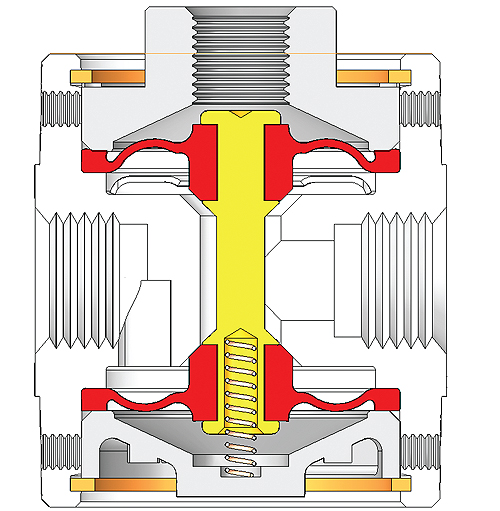
The diaphragm-poppet valve design has no sliding seals and is pressure unbalanced.
A variety of durameter and diaphragm compounds make it simple to modify a valve based on the environmental or application requirements for operation. Also, expect extremely low leak rates due to strong sealing control. Diaphragm-poppet valves make 2-way or 3-way configurations available, as well as the possibility of 4-way valves, by using dual 3-way diaphragm poppet sets in one valve body. This valve’s durability and reliability make it a great candidate for applications such as critical life support devices (e.g. heart ventricular support assistance or pulmonary supply devices).
Its non-lubrication capability makes it appealing to be used with devices used for respiratory and anesthesia gases. Diaphragm-poppet designs are great solutions in leak testing devices, due to the very low leak rate. Lastly, these designs are suitable for critical or contaminated vacuum applications.
Spoppet-design valves
Spoppet-design valves combine two designs to provide a blend of primary poppet sealing in conjunction with a minimal number of sliding seals, thus emulating characteristics of a poppet and spool valve design. Spoppet designs retain some unbalance characteristics but with some balance of pressure to reduce actuation forces. This design provides the benefits of the poppet valve with a reduced sensitivity to lubrication.
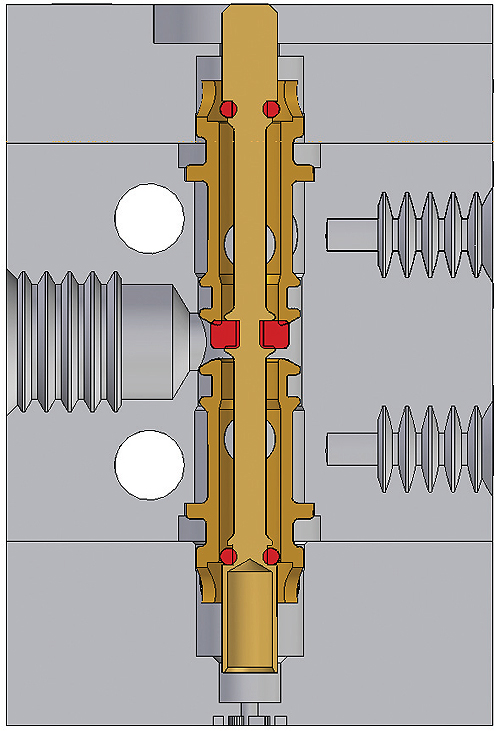
Spoppet-design valves combine spool and poppet concepts.
Only one sliding seal engaged at a time reduces the drag within the valve body. These designs can sometimes bridge the gaps or limitations of poppet and spool valves making them more useable in numerous critical applications. By blending the designs, spoppets provide more cost efficient 3-way and 4-way valves, and can be used in many different environments and applications.
Spool-design valves
Spool-design valves are available in two types: lapped-/shear-design with no seals or dynamic seals/O-rings. Spool valves are designed to be more cost-effective when manufacturing for 4-way valves and are conversely less adaptable for 2-or 3-way configurations. Spool valves can be either balanced or unbalanced, depending on desired position control required. Therefore, understanding this valves’ function is critical to the application requirements. Lapped- or shear-design spool valves can operate without lubrication but are less tolerant of variations in lubrication or by-products of compressing the air at the air compressor. Hence, further conditioning of the compressed air is required prior to use.
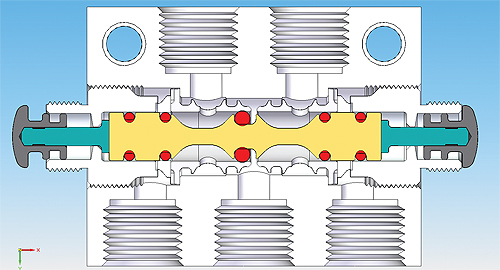
Valves featuring the spool design with dynamic seals require lubrication in balanced or unbalanced configurations.
Dynamic seal spool valves generally require lubrication. Lapped spool valves have higher leak rates that may make them unacceptable for control of medias other than air, or limited media sources (air/gas tanks/bottles). Consequently, these valve designs are better suited to applications in factory automation where the leak rates are not critical. The requirement for conditioned media also limits their use for vacuum where contaminates are ingested into the vacuum lines and valves.
Custom-designed valves
Custom-designed valves are becoming more common, using a combination of the fore-mentioned design technologies to provide solutions unique to the customers’ challenges. In a perfect world, off-the-shelf components would meet every application’s need. But that doesn’t often happen, especially when faced with trade-offs such as space constraints versus performance. Sometimes a complex solution is needed, such as squeezing multiple components into a small space or incorporating multiple valve designs for a solution.
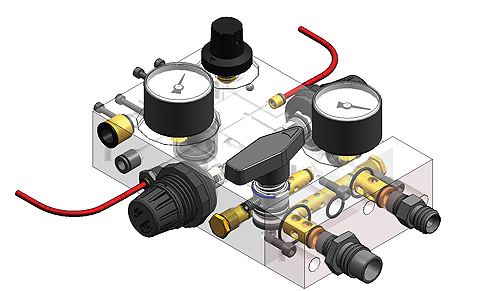
Custom valve designs combine technologies for unique solutions.
Custom designs using known and proven design technologies offer the potential of lower cost pneumatic systems. Once the specifications are agreed upon with the manufacturer’s design engineers and the application’s product engineers, a custom designed solution may be the best way to meet the applications’ challenges if a specific design is close but not does not meet exact specifications.
Ultimately when it comes to valves, each design technology offers unique capabilities but not every design suits specific applications. No matter whether you are replacing a component or designing a pneumatic system, consult a valve manufacturer who has knowledge in many different design principles so that the best solution can be achieved.
Discuss this on The Engineering Exchange:

Humphrey Products
www.humphrey-products.com
Filed Under: Pneumatic equipment + components, Valves, Medical-device manufacture, FLUID POWER

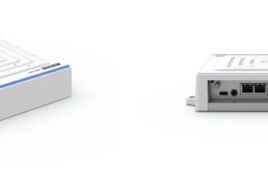


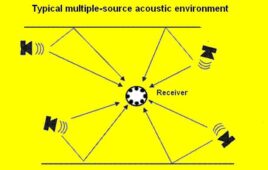
Tell Us What You Think!